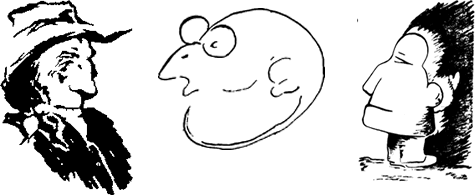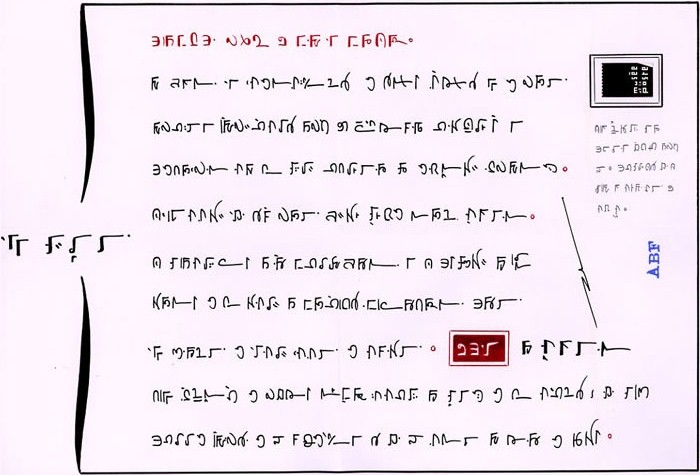Scottish Gaelic is making something of a comeback in Glasgow, according to an article I found today in The Herald. This is largely thanks to the Sgoil Ghàidhlig Ghlaschu / the Glasgow Gaelic School, which provides education from nursery to secondary level through the medium of Gaelic.
Gaelic medium education has been available in Glasgow at primary level since 1986, when half the children who took this option had connections with the Gaelic-speaking highlands and islands. The Glasgow Gaelic School was opened in 2006 and currently has about 700 pupils, 80% of whom have no Gaelic connections, and some are from other countries. Demand for places outstrips supply and there are plans to expand the school over the next few years.
A new generation of young Gaelic speakers is emerging in Glasgow, and some of their parents are learning Gaelic as well. Similar things are happening in Edinburgh and Aberdeen. There is also an increased interest in Gaelic culture and music, and a thriving Gaelic pub scene.
In 1901 approximately 18,500 people in Glasgow spoke Gaelic according the census, though the actual number was probably higher. In 2001 the census revealed over 10,000 Gaelic speakers, and those speakers are spread across all age groups, whereas elsewhere in Scotland it’s mainly the older generations who speak Gaelic.

